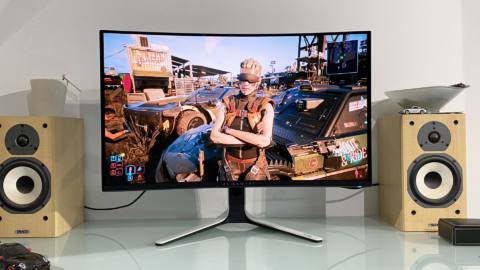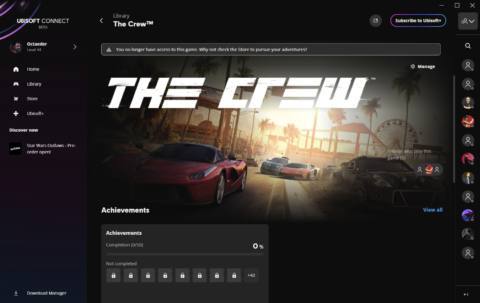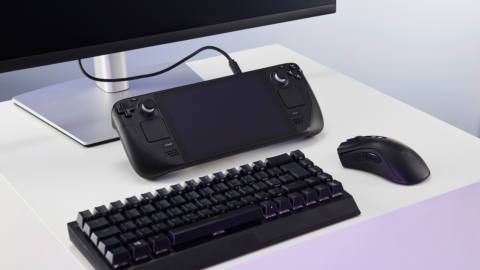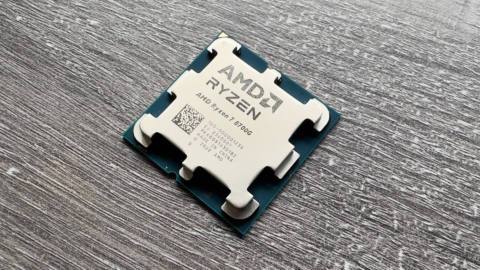Following news last month about plans to restart one of the Three Mile Island reactors in order to power Microsoft's AI data centres, Google has revealed its own designs for harnessing nuclear energy.
In a recent blog post, the tech giant explained they'd signed a “world first” deal with nuclear power startup Kairos Power to build a fleet of SMRs (small modular reactors). It's all in aid of supplying power to Google's own data centres due to the extremely high power consumption of AI.
The first reactor is planned to go online in 2030, with further deployments planned up until 2035, likely totalling around six or seven reactors in all. While neither party has yet detailed where these new SMRs will be built, the deal promises to ultimately add “up to 500 [megawatts] of new 24/7 carbon-free power to U.S. electricity grids.”
Naturally, none of that's going to be a straightforward process. SMRs are intended to be a more cost-effective, speedier construct option compared to traditional nuclear power plants. However, as TechCrunch points out, the economics of this largely remain unproven as no commercial SMR has yet been commissioned—in the US, at least. In Hainan, China, construction of the Linglong One SMR is currently in progress and slated to be completed by 2026 (via South China Morning Post).
It's not just the US or China looking towards a future with SMRs; the Czech government has selected Rolls-Royce SMR to build a fleet for them, and the UK is also considering a similar deal with the same company.
According to The Guardian, Kairos themselves are currently building a demonstration reactor in Tennessee, though that won't be finished until 2027 (making the Google deal timeline of getting potentially seven SMRs up and at them by 2035 seem just a wee bit optimistic). Furthermore, Kairos Power wants to pave the way forward with reactors cooled by a molten salt form of beryllium fluoride and lithium fluoride, rather than the water-based industry standard.
Considering the as-yet-unproven SMRs, plus their emphasis on speedy construction, it's enough to give anyone even slightly nuclear-cautious sweaty palms.

Best CPU for gaming: The top chips from Intel and AMD.
Best gaming motherboard: The right boards.
Best graphics card: Your perfect pixel-pusher awaits.
Best SSD for gaming: Get into the game ahead of the rest.
It's worth noting too, as TechCrunch highlights, that the US public's opinion on nuclear power remains somewhat split. While 56% of those surveyed by Pew Research are broadly in favour of more nuclear power plants being built, Americans are still more likely to support the expansion of wind (72%) and solar (78%) over nuclear power.
It's not hard to see why; besides the fact these two sources of renewable energy tend to be much less costly to harness compared to building a new nuclear power station, there's also a much shorter list of safety concerns.
The main issue for Google is that, to meet the round-the-clock power demands of a data centre, you'd need to build a huge battery to ensure you had enough wind or solar-flavoured juice on hand. That is to say, there's definitely still room to innovate in the renewable energy space, so perhaps instead of trying to reinvent the nuclear wheel with Kairos, Google should be trying to grease solar and wind's.






